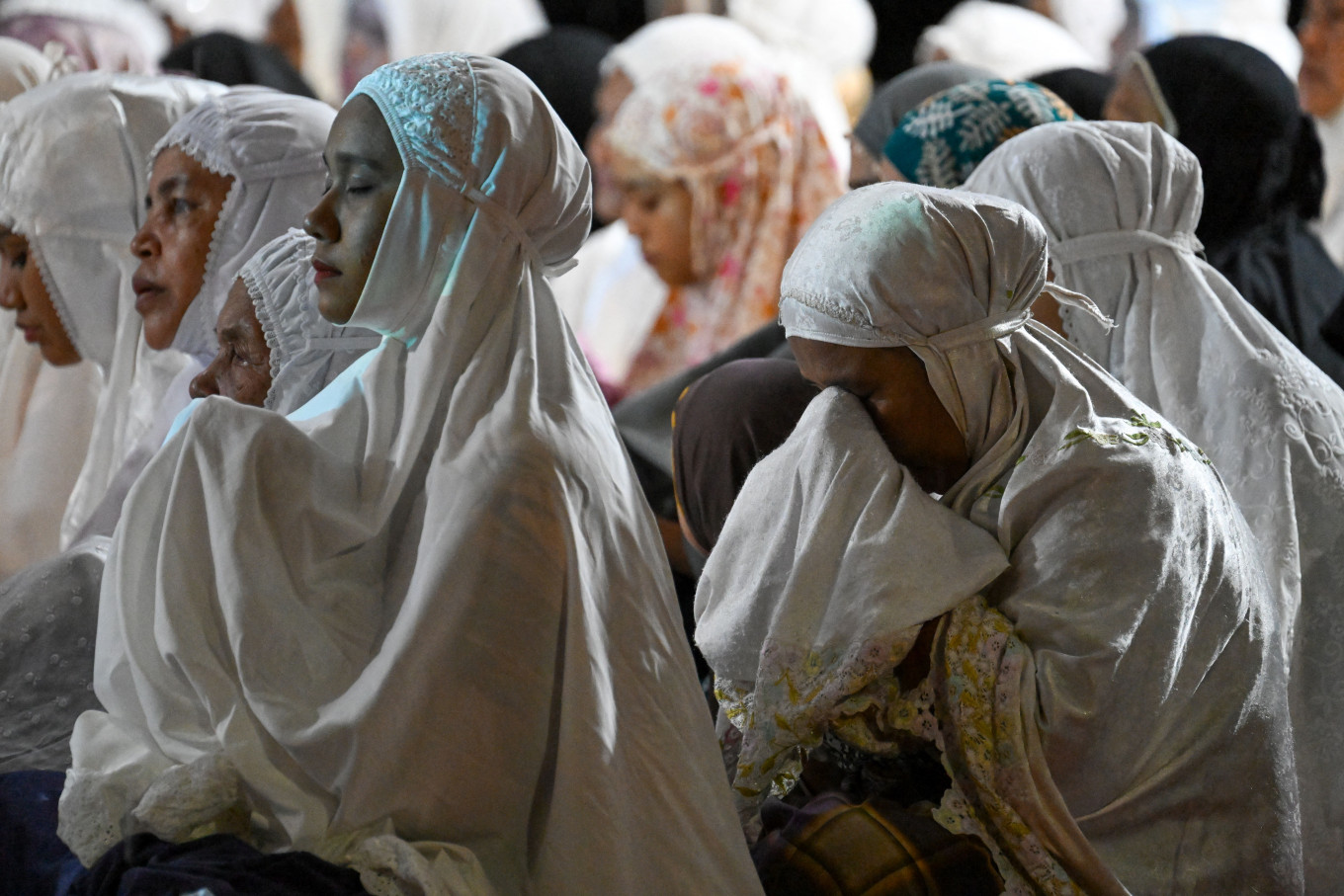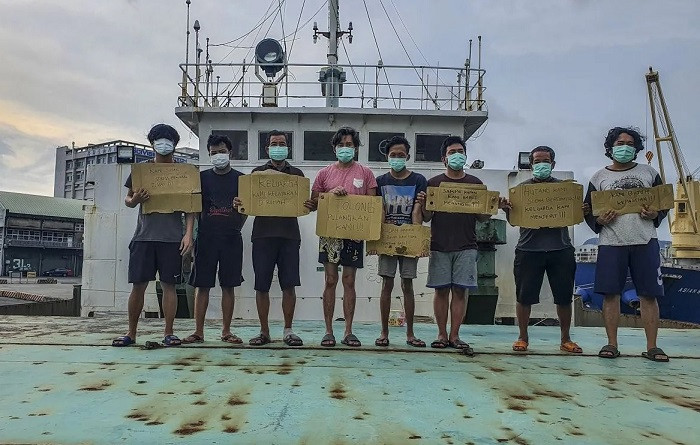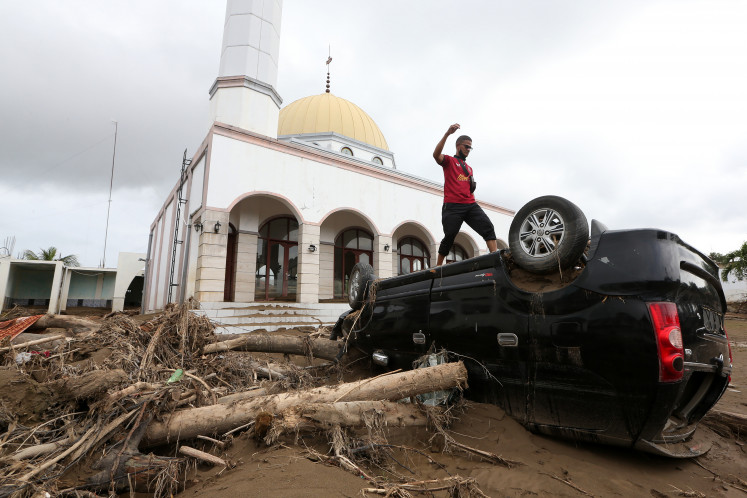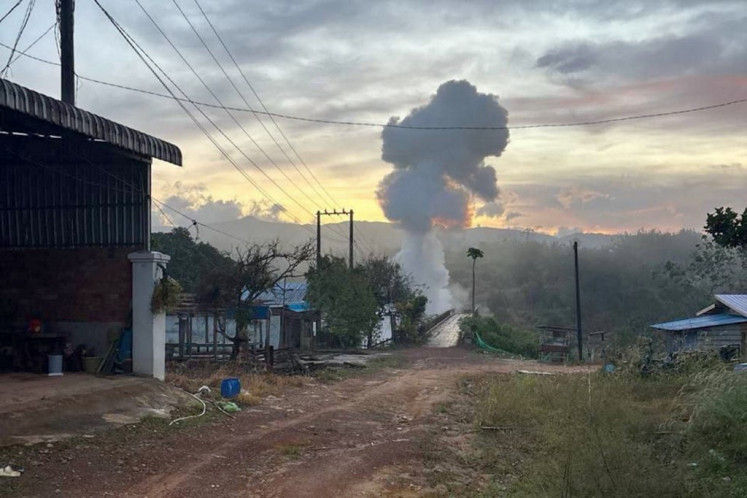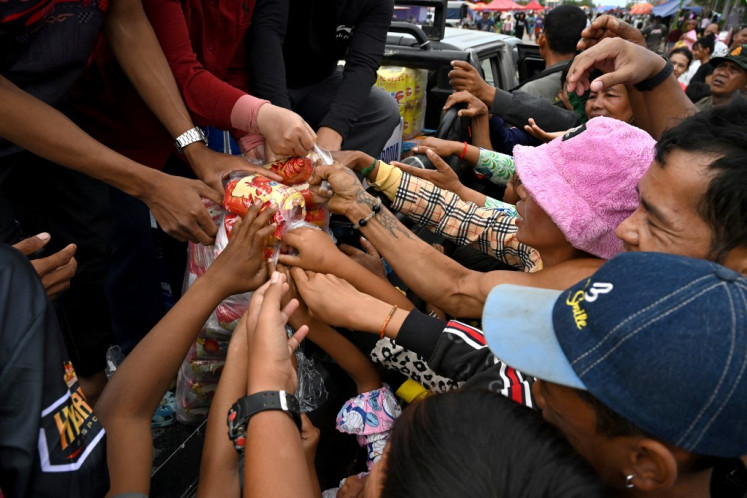Popular Reads
Top Results
Can't find what you're looking for?
View all search resultsPopular Reads
Top Results
Can't find what you're looking for?
View all search results20 years after the wave: Building resilient coastal futures
Climate change is amplifying the frequency and severity of water-related disasters, with impacts that often cascade with, and compound, geophysical disasters such as earthquakes and volcanoes.
Change text size
Gift Premium Articles
to Anyone
Y
esterday marked the 20th anniversary of the tragic Indian Ocean tsunami. As we honor those lost, we are also humbled to reflect on the progress made in creating resilient coastal communities.
The sheer scale of the 2004 disaster shocked the world as more than 230,000 lives were lost, 1.7 million people displaced and entire coastal communities wiped away, while the economic cost across 14 countries amounted to over US$10 billion. For many, the scars of that tragedy remain visible, not only in the physical landscape, but also in the collective memory of the effected communities.
Yet, that fateful day also galvanized unprecedented global solidarity, cooperation and innovation in disaster preparedness. Early warning systems and public awareness of tsunamis have made significant progress, thanks to regional cooperation in many aspects.
Scattered across the coastlines today are visible investments in warning and evacuation. With regular tsunami drills, sirens sound in multiple languages and children are practiced and ready to lead their families to safety. Vertical shelters stand out along the popular beaches, with standardized evacuation route signage pointing the way. Homes have ready grab bags packed with important documents, medication, flashlights and batteries. Livestock are also brought to higher ground, and boats stay out in the deep sea, safeguarding livelihoods.
In the aftermath of the tsunami, governments and international partners united to establish the Indian Ocean Tsunami Warning and Mitigation System (IOTWMS). With Australia, Indonesia and India as regional tsunami service providers, 27 national tsunami warning centers can now receive tsunami threat alerts within 10 to 15 minutes of a seismic event.
More than 75 percent of coastal communities in high-risk areas have access to tsunami early warning information compared with less than 25 percent in 2004. Additionally, community preparedness programs like the UNESCO-IOC Tsunami Ready Program and UNDP Tsunami Project are empowering local leaders, schools and residents with life-saving knowledge.
Moreover, advances in multi-hazard early warning systems (MHEWS) have enabled better integration of tsunami preparedness with flood, cyclone and other coastal hazards preparedness.

